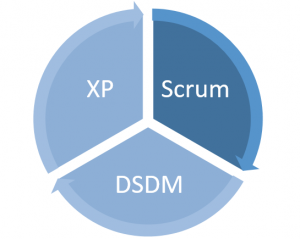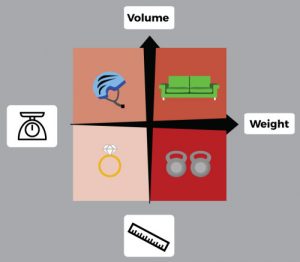
Nearly every business owner and hiring manager is guilty of making choices that negatively impact their quality of hire.
We’ve discussed it before – some 95 percent of the employers have admitted to recently making a bad hiring choice. But these poor decisions don’t just cause monetary damage. Bad hires also can hinder productivity, deteriorate employee morale and adversely affect customer relations.
Why Your Quality of Hire is Suffering
With this much at stake, it is easy to see why so many companies are concerned that their hiring process is suffering. If your organization is facing talent acquisition challenges, the first step is to identify exactly what’s going wrong.
Below is a look at five reasons your hiring efforts are falling short.
1. You’re Focusing on Speed of Hire Over Quality of Hire
The National Business Research Institute found that 43 percent of companies surveyed believe their poor hiring decisions were cause by the need to fill the job quickly. By focusing too much on putting bodies in seats and not enough on finding candidates who had the right set of core competencies, they paid the price – a very high price. Studies show that the cost of a bad hire, even for a low paying position, can average around $ 25,000.
Organizations fare far better by taking the time to focus on finding candidates who fit the nuances of the role. Though most high-volume hiring environments don’t afford recruiting and HR long periods of time to find candidates, it is possible to strike a balance between recruiting speed and quality of hire.
2. Conflicting Agendas
When the goals of recruiting are different from the goals of the business, the process becomes a losing situation for everyone, including the candidate.However, creating organizational alignment allows the teams to work together to create a cohesive hiring process. Each department brings value to the table. Supervisors know the specific skills needed for the job, HR has the tools for identifying those skills and upper management develops the company culture.
3. The Hiring Strategy Doesn’t Align with the Job or Culture
Studies show that 89 percent of employers attribute bad hire selection to a poor culture “fit.” Employees who don’t have the knowledge, skills, and abilities to perform the job – or who don’t share your company’s core values – generally perform at a lower level, have higher absenteeism and negatively affect employee morale. Therefore, your company’s hiring strategies must align with your company culture to ensure you attract the right type of candidate. This will improve job satisfaction, performance, employee loyalty and attrition rates.
4. Poorly Defined Success Metrics
While 39 percent of employers believe QoH metrics are extremely important, 33 percent admit to not being confident about how to measure quality of hire. Many companies evaluate the QoH using factors, such as performance evaluations, hiring satisfaction and retention rates. Not only do two of these three factors offer subjective data, but retention rates should only be measures if you also evaluate the causes behind the numbers.
While there is no magic formula that will automatically determine that true quality of your new hires, your company must create a strategy to measure success consistently.
5. Lack of Follow-Up to Review the Hiring Process
A major obstacle preventing companies from hiring top talent is a lack of evolution within their hiring process itself. Job market trends, economic factors, and your organization as a whole are anything but static, and change drastically over time. What may have worked years ago, or even last quarter for that matter, will need tweaking.
In addition, new technology, improved assessment testing and applicant tracking software that may not have been feasible for your company years ago, but now they may provide the affordable solutions your business needs. When your organization and an assessment vendor work in congruence with your company’s goals as well as the shifts in the economy and employment market, however, you are going to see dramatic business results.
Business & Finance Articles on Business 2 Community
(33)
Report Post









